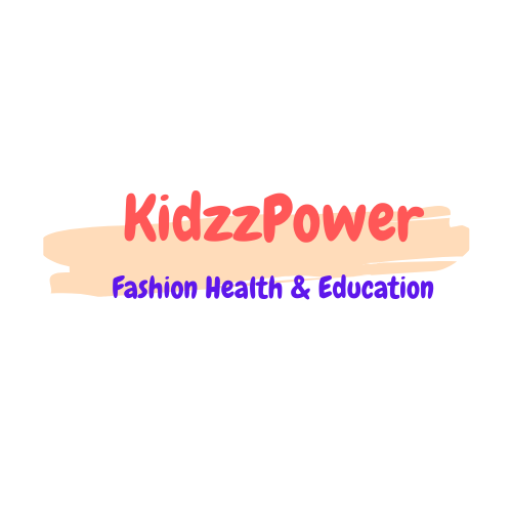Want to know another very underrepresented group in children’s books? People with learning disabilities and learning differences. Even still, I have amazing children’s book recommendations with characters who have learning disabilities.
For children who are challenged with learning disabilities, seeing yourself in a story is affirming. In fact, Rick Riordan said that’s why he wrote Percy Jackson for his son, who, like Percy, has ADHD and dyslexia.
And, for children without a learning difference, they’ll be able to glimpse into the life of a person who does. That’s empathy-building!
I can’t stress enough that if your child is behind in school, FIND OUT WHY! It’s NOT a stigma to learn more information about your child’s brain.
When my eldest daughter was diagnosed with slow processing and ADHD, it helped us help her! It also helped get her the accomodations she needed to be successful. You see, she is VERY smart but she couldn’t show it in the time allowed for neurotypical kids. She needs extra time for her classwork and tests to show what she knows.
If you suspect that your child may have a learning disability, look at this list of red flags.
I debated about including autism spectrum disorders and Asperger‘s in this round-up of books. However, I’ve decided to dedicate an entire post to a book list with autistic characters.
We need more representation, but here’s a start… a list of picture books, chapter books, and middle grade books that show characters with learning differences and neurodiversity.
The list below shows characters with learning disabilities that include attention deficit hyperactivity disorder (ADHD,) dyslexia, Sensory Processing Disorder (SPD,) and any other general or specific learning disabilities including reading and learning difficulties.
However, many other learning disabilities are not included on this list because there aren’t books about them, but include auditory processing disorder, dyscalcia (difficulty with math concepts,) and dysgraphia which is disordered writing.
I have personally read all of the books on this list and wrote original reviews. Thank you for your support.
*originally published 6/19, updated 4/24
Learning Disabilities in Children’s Books
Picture Books
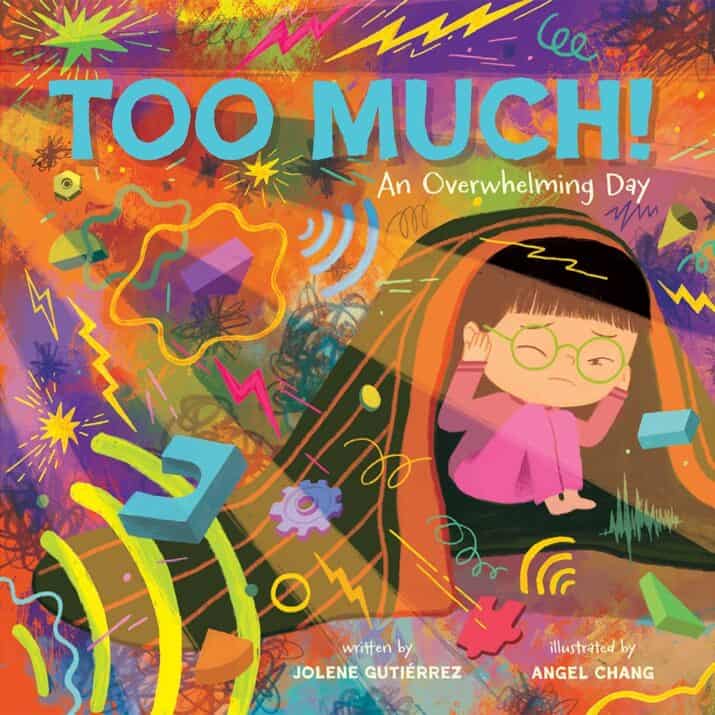
Too Much: An Overwhelming Day written by Jolene Gutierrez, and illustrated by Angel Chang
SENSORY PROCESSING
Illustrated with evocative, colorful illustrations, this beautiful rhyming first-person story about SPD shares a little girl’s feelings of overwhelm when the world gives her too much sensory input. Too much sound, light, and physical sensation on her skin. “TOO LOUD! TOO BRIGHT! TOO ITCHY! TOO TIGHT!” After school, the girl’s mom gives her a sheet-hug. Then, the girl spends quiet time in a dark place which calms her nervous system. Back matter shares information about sensory overload, sensory systems, and how to create a sensory diet. This is the BEST picture book about sensory issues.
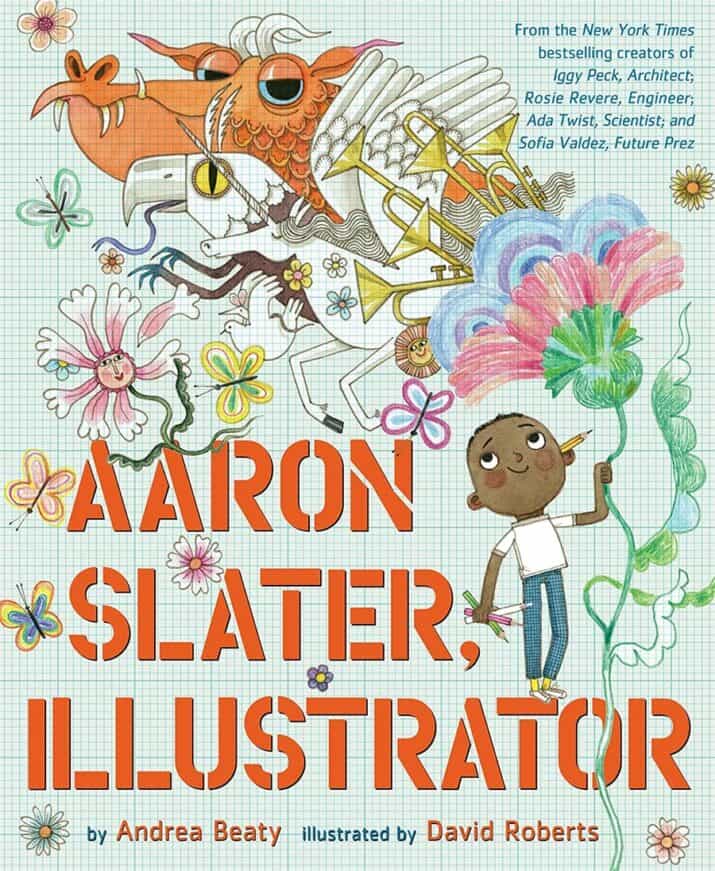
Aaron Slater, Illustrator written by Andrea Beaty, illustrated by David Roberts
DYSLEXIA
I love all the books in this series but this is my new favorite because it shows that having a learning disability doesn’t prevent you from communicating! It’s about a boy named Aaron, an artist and storyteller, who struggles with reading. When his teacher Miss Greer assigns the students to write a story, Aaron draws his story instead. He uses his artwork to help him tell his story to the class — which both the teacher and his classmates love. His art helps him find the words while he works hard to improve his reading little by little.
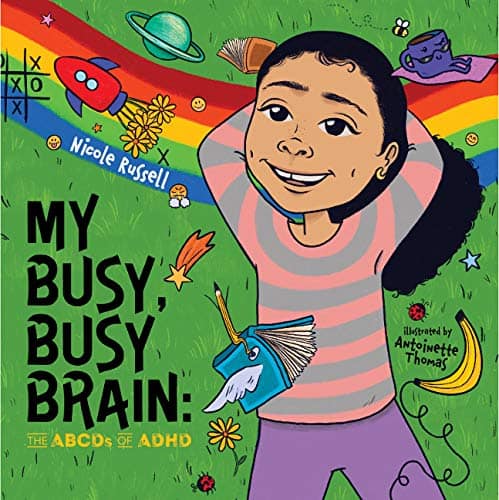
My Busy, Busy Brain: The ABCDs of ADHD by Nicole Russell
ADHD
The story realistically captures how Nicole’s brain zig-zags with things that she notices, making it hard for her to pay attention in school. Her teacher and classmates show acceptance of Nicole’s ADHD brain; some classmates also share that they have ADHD, too. Nicole is proud of herself for speaking up for herself and sharing about how her brain works.
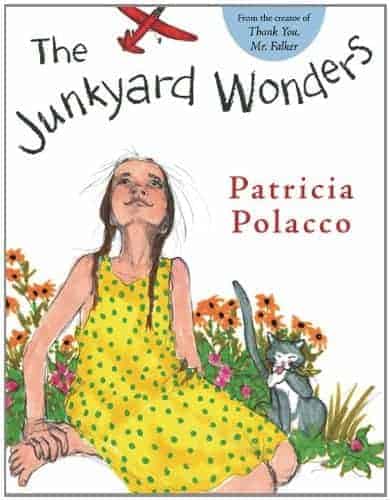 The Junkyard Wonders by Patricia Polacco
The Junkyard Wonders by Patricia Polacco
DIFFERENT TYPES OF LEARNING DISABILITIES
I love this book so much about the “special” or “junkyard” class of kids with learning differences. Their teacher, the amazing Mrs. Peterson, helps each child find their talent and gifts.
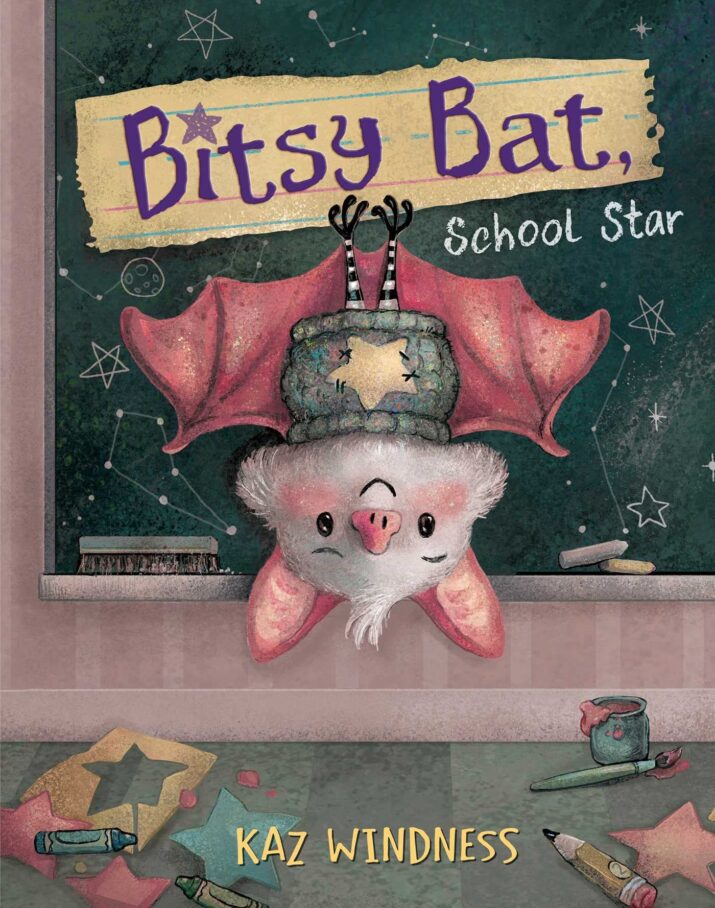
Bitsy Bat School Star by Kaz Windness
AUTISTIC CHARACTER, SPD
Bitsy Bat is excited about school…but once she’s there, her differences (sitting upside down, painting with her feet, eating different foods) feel overwhelming, and she has a meltdown. Her parents remind her that it’s okay to be different than her classmates. The next day, Bitsy adds sunglasses and headphones and shares an idea with her teacher. Soon all the children are making stars describing what makes them special. This is a joyful celebration of being yourself, starring a neurodivergent bat who helps her classmates see what makes them special, too. The artwork is ADORABLE!
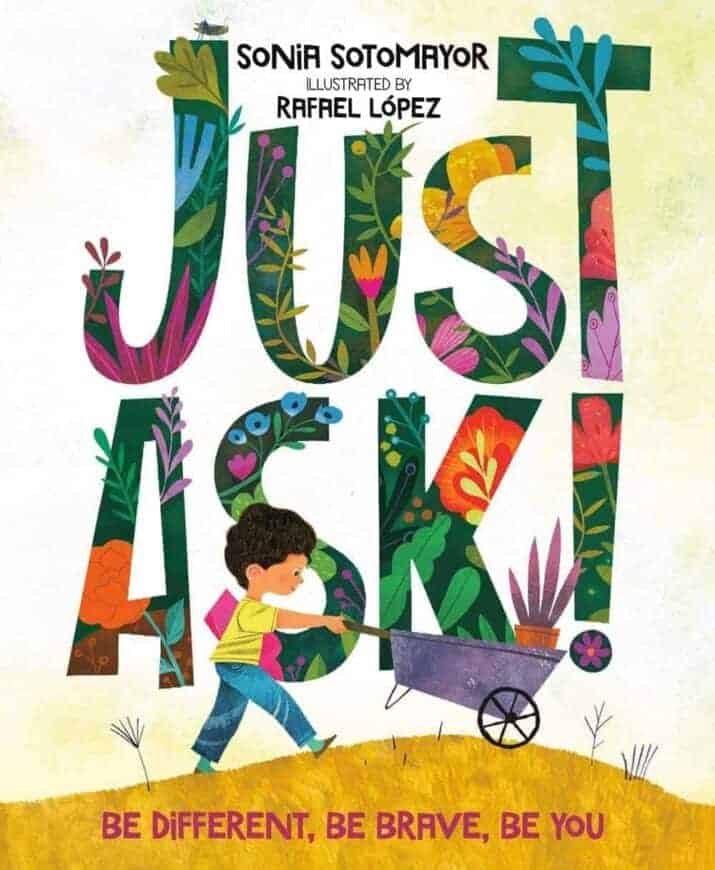
Just Ask! Be Different, Be Brave, Be You written by Sonia Sotomayor, illustrated by Rafael Lopez
NEURODIVERSITY, PHYSICAL DISABILITIES
A must-own lavishly-illustrated book that is both eye-opening and empathy-building as it increases a reader’s understanding of others; in particular, other people with physical and neurological differences. Each two-page spread features a different kid who introduces themselves and their difference and then asks a question of the readers. The book features kids with autism, a wheelchair, dyslexia, Tourette’s syndrome, ADHD, food allergies, Down syndrome, and more. It shows all these kids working together to plant a garden, showing that just like the variety of plants in the garden, our differences make the world more interesting and richer.
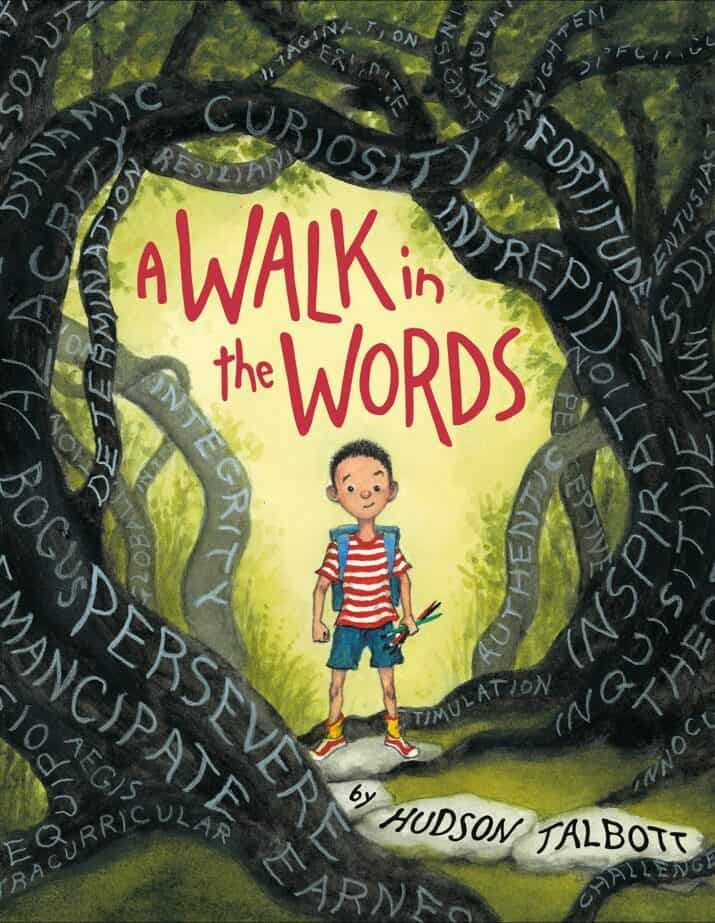 A Walk in the Words by Hudson Talbott
A Walk in the Words by Hudson Talbott
READING DISABILITY
This personal narrative memoir shares the stress and difficulties the author had with reading, especially compared to others who read books without trouble. Eventually, he figured out ways around his learning disability by looking at words differently.
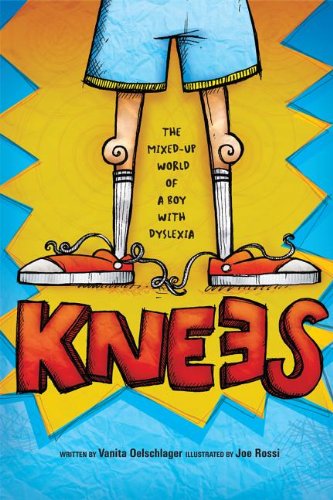
Knees: The Mixed Up World of a Boy with Dyslexia written by Vanita Oelschlager, illustrated by Joe Rossi
DYSLEXIA
Well-paced and illustrated, you’ll find this to be an easy-to-read and understand picture book about life with dyslexia.
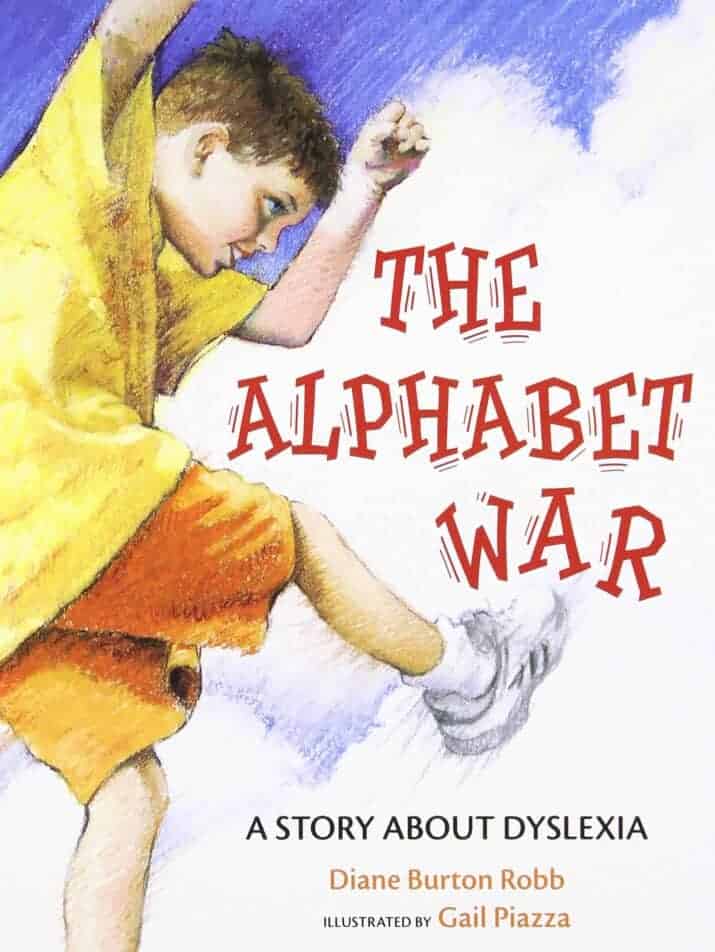
The Alphabet War by Diane Burton Robb
DYSLEXIA
Kindergartener Alex finds that letters trick his brain –– he mixes up bs and ds, for example, and it seems like he’s in a war with the alphabet.
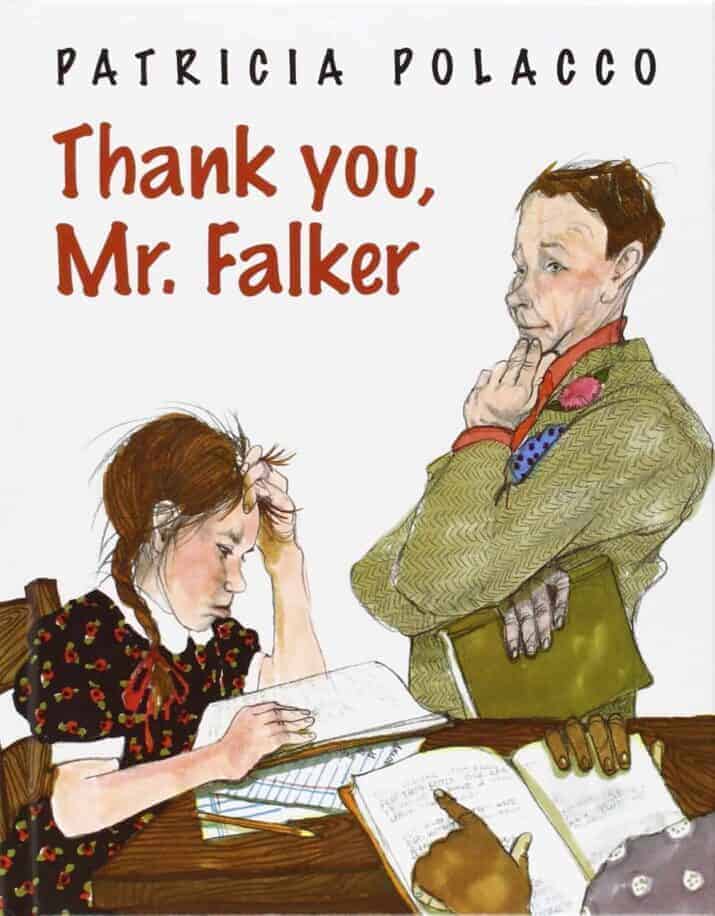
Thank You Mr. Falkner by Patricia Polacco
READING ISSUES
Mr. Falker changes everything for 5th grader, Trisha. He helps her learn to read! I love this picture book personal narrative story based on the author’s life.
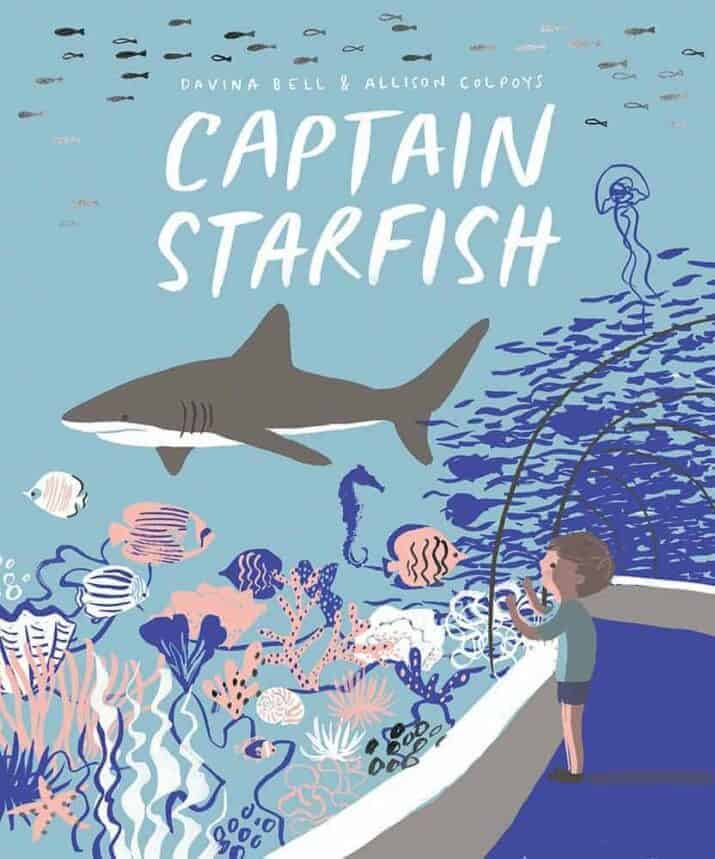
Captain Starfish written by Davina Bell, illustrated by Allison Calpoys
SENSORY PROCESSING
Alfie has that feeling again — the not nice feeling — and not nice dreams to go with it. Alfie tells his mom he can’t go to the costume party because of the feeling which his mom understands! She takes Alfie to the aquarium where he gets a peek at a clown fish. His mom explains that “sometimes clown fish need to hide away.” And people, too, adds Alfie. Stunning bright blues, bright peaches, and aquamarine set a pensive mood. I’m grateful for this book giving attention to children like with sensory processing issues like my oldest daughter.
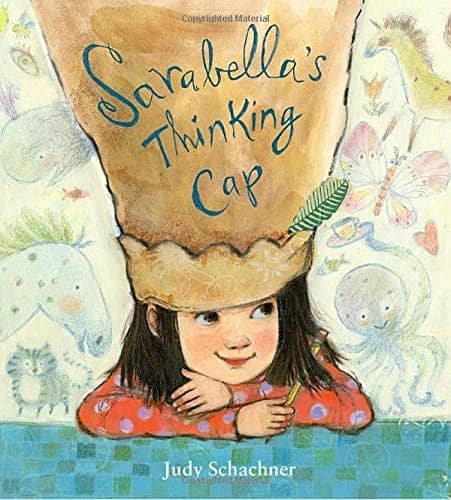
Sarabella’s Thinking Cap by Judy Schachner
ADHD
Sarabella’s mind is filled with her wonderful imaginings which are wonderful most of the time, just not at school. When her teacher assigns the class homework to draw their favorite daydream, Sarabella thinks of so many things. To show her class, she makes her daydreams into a spectacular hat. I feel like her way of thinking represents neurological differences — that some brains are different than others.
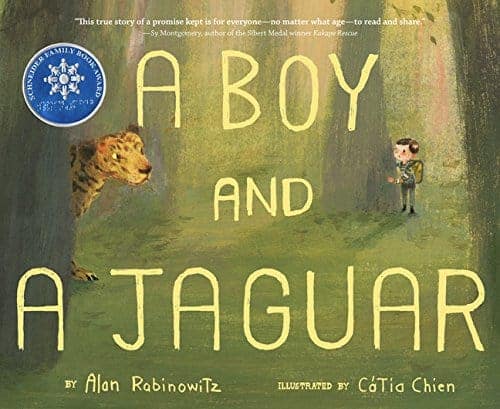
A Boy and a Jaguar written by Alan Rabinowitz, illustrated by Catia Chien
STUTTER
Alan stutters when he talks yet fluently speaks without a stutter with animals. He develops a passion for animal welfare and conservation, wanting to use his voice to speak up for animals. In particular, he becomes passionate about jaguars and bravely uses his voice in Belize to make a case to save the jaguars. And his words persuade the government. The jaguars get a protected preserve. (Written in the third person.) Speech disorders do qualify as learning disabilities.

Brilliant Bea written by Shaina Rudloph and Mary Vukadinovich, illustrated by Fiona Lee
DYSLEXIA
I love that this picture book is printed in a dyslexia-friendly font! Beatrice has a learning disability called dyslexia which makes reading and writing extra hard, even though she loves telling stories. She always finished her classwork last. Her understnading teacher sees Bea’s brilliance and shares a helpful adaptation — a tape recorder that Bea can speak into to tell her stories.
Chapter Books
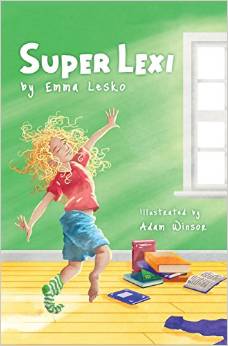
Super Lexi written by Emma Lesko, illustrated by Adam Winsor
SENSORY PROCESSING DISORDER, ADHD
As Lexi describes her feelings and reactions, we begin to understand that she has some differences than many other kids such as noises affect her strongly and she has phobias. Sometimes she just curls up into a ball. But she is the same as other kids, too — she has a fantastic imagination, loves art, and likes having a friend.
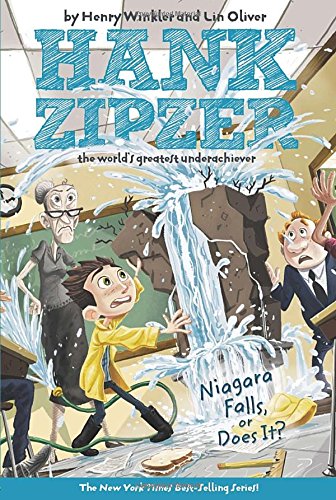
Hank Zipzer written by Henry Winkler
LEARNING DIFFERENCES
Hank is a lovable, very relatable kid who has a most creative, unique brain which makes for lots of delightful and fun adventures.
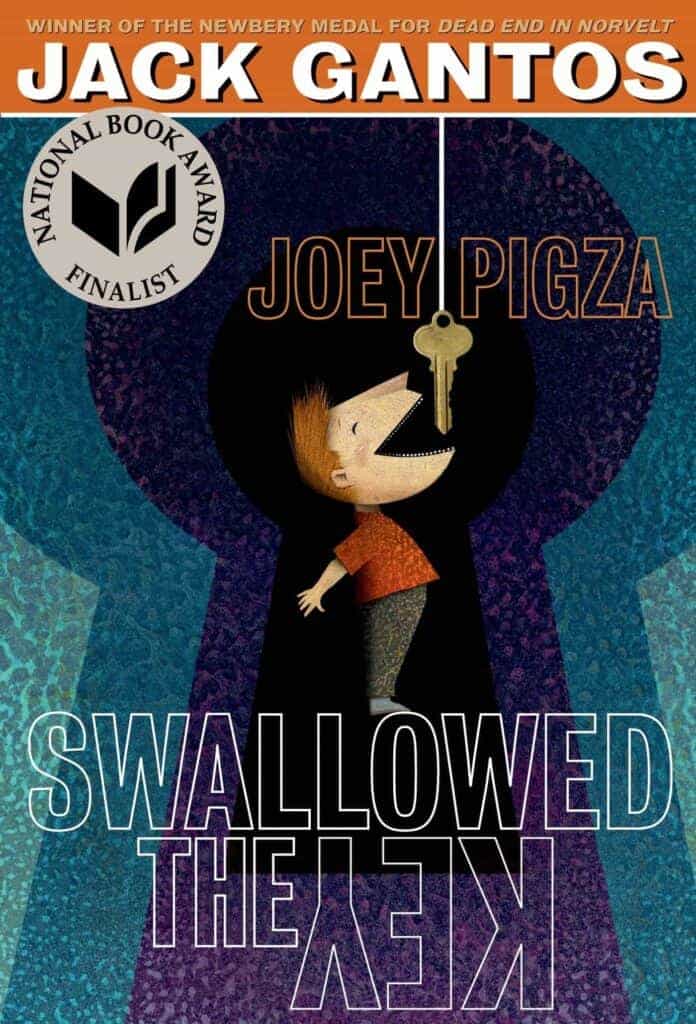
Joey Pigza Swallowed the Key written by Jack Gantos
ADHD
Joey’s a hyperactive child with ADHD whose impulsive choices often get him in trouble.
Middle Grade Books
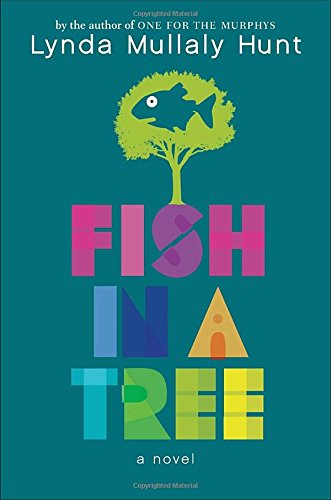
Fish in a Tree by Lynda Mullally Hunt
DYSLEXIA
Both Ally and her older brother have hidden that they can’t read –– until Mr. Daniels helps Ally learn to read and she discovers her true value. It’s a beautiful, emotional story that will help kids understand what it’s like to have dyslexia.

Honestly Elliott by Gillian McDunn
ADHD
Elliott’s shuttling between his dad’s and mom’s houses. He’s often overwhelmed with emotions especially since his parent’s divorce and his stepmom’s pregnancy, not to mention that his ADHD makes it hard to focus. Also, his dad’s constant criticisms aren’t helping either. Worst of all, his dad won’t let Elliot do his favorite thing– cook. For a buy-local school project, Elliot pairs up with a girl who has Celiac disease. Not only do they become good friends but Elliott’s rigid black-and-white thinking softens as he opens to different perspectives, including his new friend’s. I love how the author normalizes therapy, ADHD, and Celiac disease and gives the characters’ strong arcs.
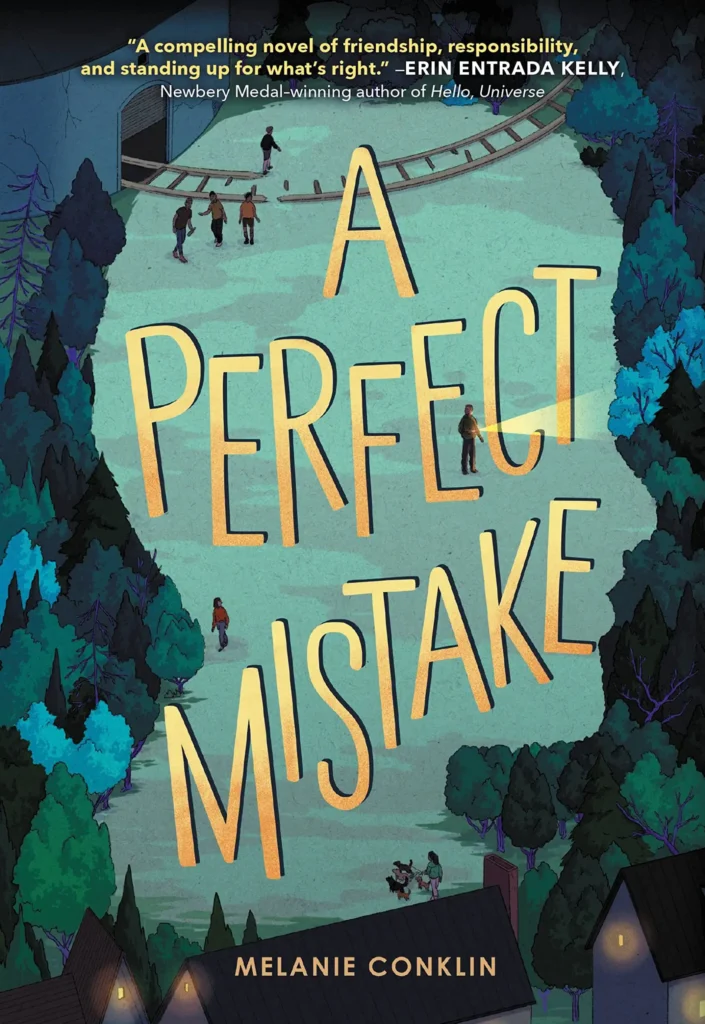
A Perfect Mistake by Melanie Conklin
ADHD
This is a great read for anyone who likes mystery, adventure, and well-developed, interesting characters. Max is living with the tragic aftermath of a night out that left one of his best friends in a coma. Initially, Max doesn’t want to think about what happened when he snuck out to the Res because he left before his friends did. While he’s trying to navigate school with the learning disability of ADHD and the physical difference of being exceptionally tall, Max also decides he must find out what happened to his friend. And he and a new friend named Sam discover that more than one person is lying.
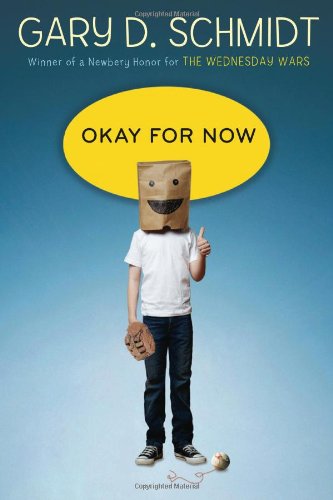
Okay for Now by Gary D. Schmidt
READING DISABILITY/ ILLITERACY
This is one of the best books I’ve ever read. The main character, Doug, is struggling to read while living in poverty with an abusive dad and older brother. What saves him is connecting to a kind librarian who shows him Audobon’s bird paintings — and how to draw. It’s excellent!!!!
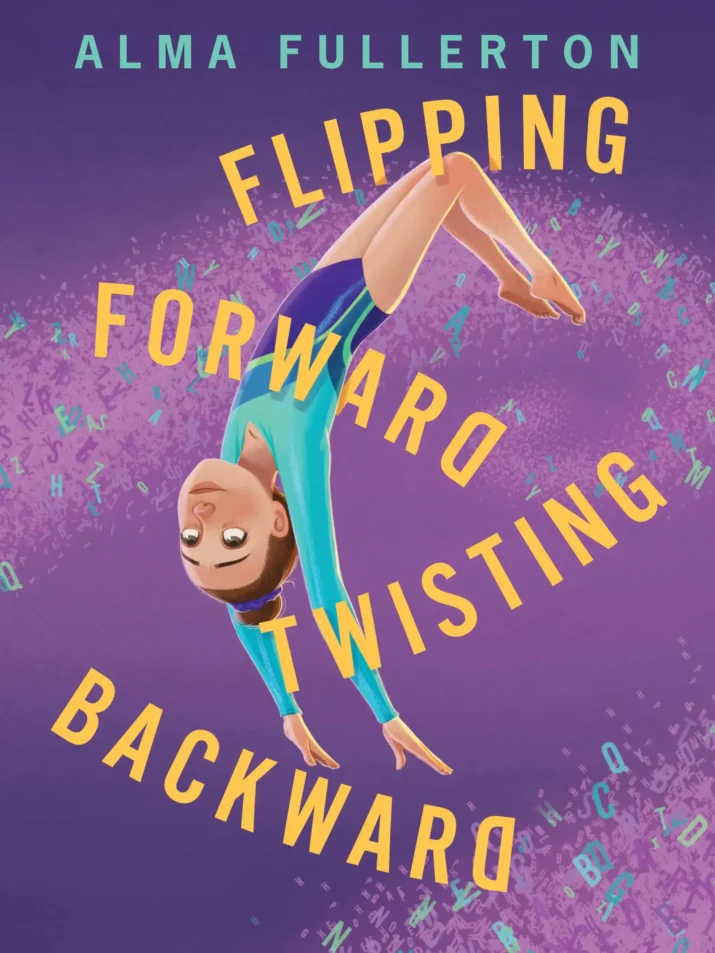
Flipping Forward Twisting Backwards by Alma Fullerton
DYSLEXIA
Claire is the best at gymnastics, but she’s not the best at reading. In fact, she can’t read AT ALL–and has fooled everyone for years. She lashes out to protect her secret and gets sent often to the principal. The principal figures out that Claire needs learning testing, but Claire’s mom is adamantly against testing. Claire’s friends, her sister, and a supportive teacher help her with word recognition — but she continues to ask her mom to let her get tested, which she eventually does. There’s so much to love about this fast-paced book in verse. I love that Claire is a fully developed character with efficacy who shows readers that having a learning disability doesn’t mean you’re not smart, it means your brain learns differently.

Each Tiny Spark by Pablo Cartaya
ADHD
Each Tiny Spark is one of the best books about learning disabilities that I’ve ever read that also tackles PTSD and prejudice in a beautiful, important story. Emilia is a Cuban-American girl whose ADHD makes focusing on school and school work a challenge. Her mom helps her stay on top of her assignments but her mom leaves for a work trip, leaving Emilia on her own. During this time, the community proposes to redraw the school district’s boundary lines, exposing prejudice and ongoing injustice. and Emilia becomes a passionate activist against injustice.
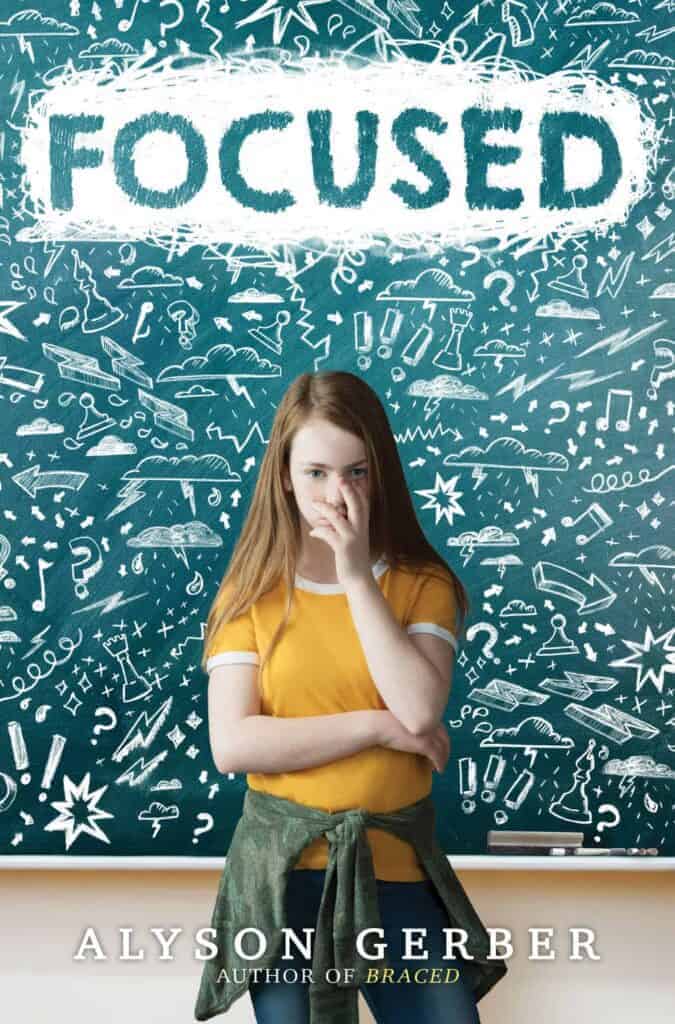
Focused by Alyson Gerber
ADHD
Clea is a chess-loving girl who gets distracted easily (except when she can hyper-focus in chess) and it’s becoming a problem, especially in school but also with friends. She’s resistant to LD testing, refusing to believe she could have ADHD. But blurting out things and living with regret, she feels like she’s not in control. As she learns more about her brain, she realizes that she can figure out strategies to help her keep focused. Readers who don’t have ADHD will get a glimpse into the way this kind of brain works. It is exactly like what my oldest daughter who has ADHD tells me it’s like with thoughts bouncing all over the place. Important and insightful.
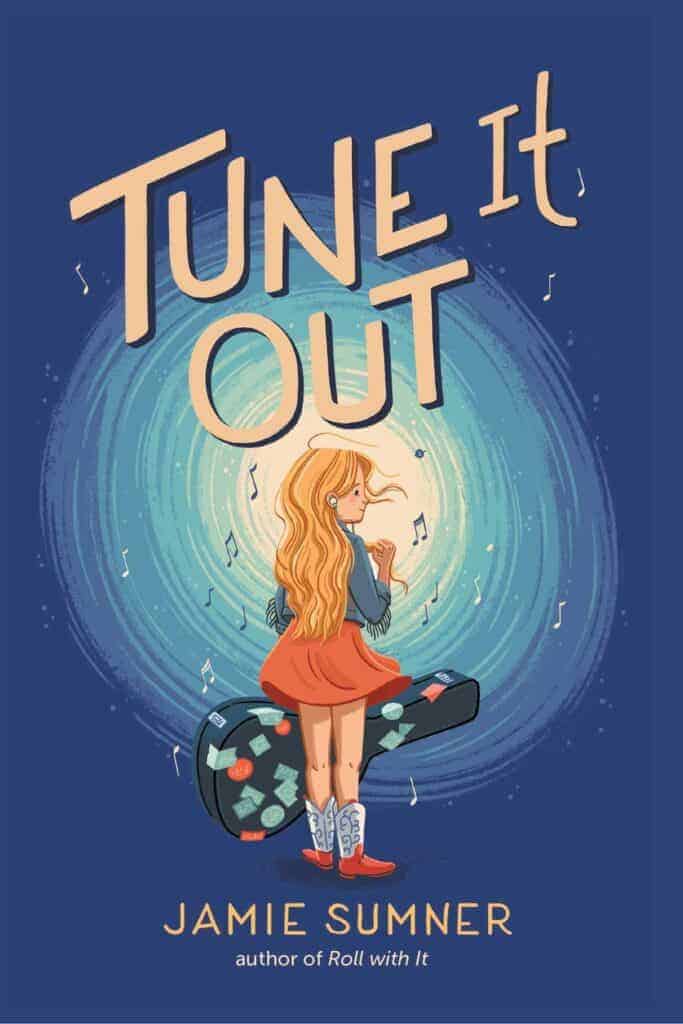
Tune It Out by Jamie Sumner
SPD
With a beautiful character arc, this is most authentic portrayal of SPD in middle-grade literature that I’ve read. 12-year-old Lou and her mom live in a truck. While her mom works as a waitress, Lou hangs out or sings for money, living her mom’s dream even though Lou dreads performing, it makes her extremely anxious. One evening, underage Lou drives in a snowstorm to pick up her mom from work and gets into an accident and Lou gets out in foster care with an aunt she’s never met. In her new home, Lou goes to a fancy private school where, after a fire drill meltdown, she’s assessed with Sensory Processing Disorder. She starts to get help from an occupational therapist and a sensory diet, understanding herself better, and learning to trust her kind aunt and uncle. Her situation is complicated and imperfect which feels completely authentic.

Harbor Me by Jacqueline Woodson
LEARNING DIFFERENCES
Harbor Me tackles some very big issues including race, immigration, bullying, learning disabilities, friendship, and forgiveness. Six diverse children with learning differences bond during a special kids-only time on Friday afternoons where they share their stories, many of which Haley records on a tape recorder. Even as she learns about the other kids who are, Haley is reluctant to share that her own dad is in jail for the car accident killing her mother. When she does eventually share, it’s beautiful to see the other kids support her. This incredible story deserves to be not just read but discussed deeply as it contains a wealth of ideas to ponder. Such as what does it mean to “harbor” someone? Amazing!!
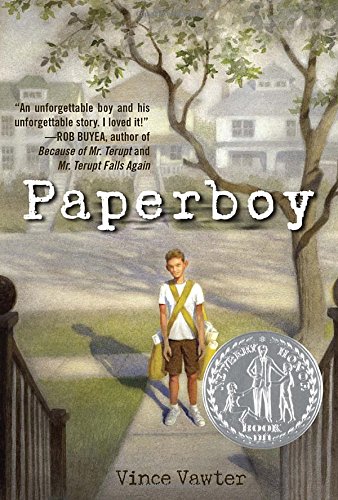
Paperboy by Vince Vawter
SPEECH DISABILITY
Based on the author’s life experience, we glimpse a pivotal time for 11- year old Vince one summer when he takes over his friend’s paper route, meets a writer, discovers prejudice, and closely watches the adults around him all from the experience of having a profound stutter and difficulty speaking. This is a well-written coming-of-age novel that addresses SO MANY issues, including a speech disorder, making it another great book recommendation for the classroom or book club.
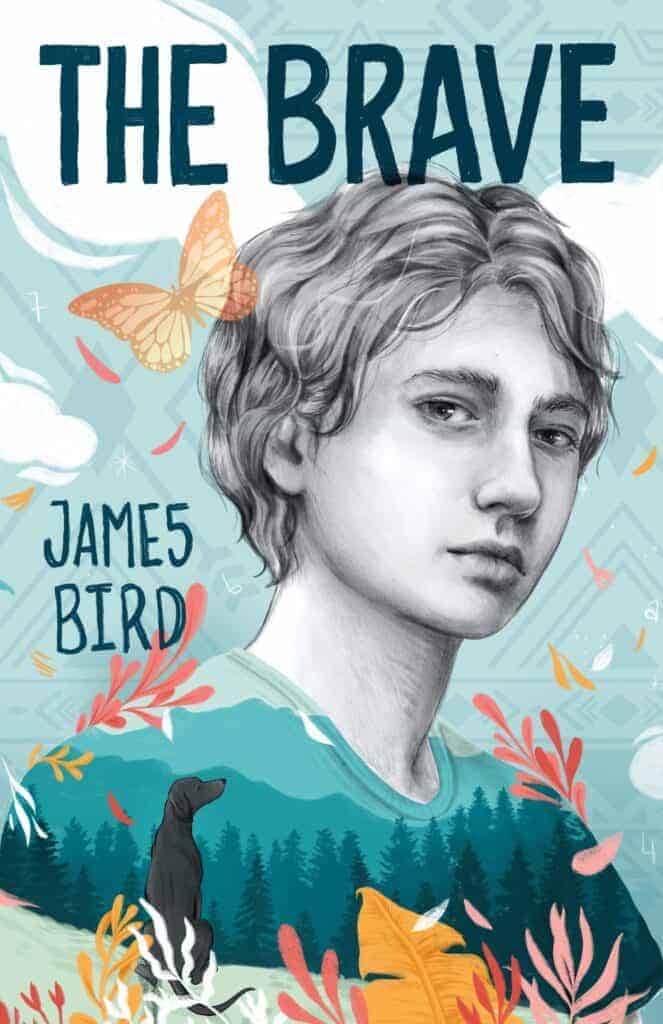
The Brave by James Bird
NEURODIVERSITY
Run out to get this absolutely jaw-dropping, stunningly beautiful book with a main character you’ll fall in love with (and whose character arc is HUGE.) It’s filled with metaphorical, meaningful, and symbolic writing and you will feel ALL the feelings. When Collin, a boy who counts every letter spoken to him and says the number out loud, gets kicked out of yet another school, his neglectful father sends Collin to live with his mom. Collin has never met his mother but he’s curious to meet her and live on the Ojibwe reservation. Living with her is a totally different experience than his previous home — because with his mother, he’s welcomed and not judged. He befriends the neighbor girl who teaches Collin how to be brave. Which he needs. And so does she because she’s going to be a butterfly soon…
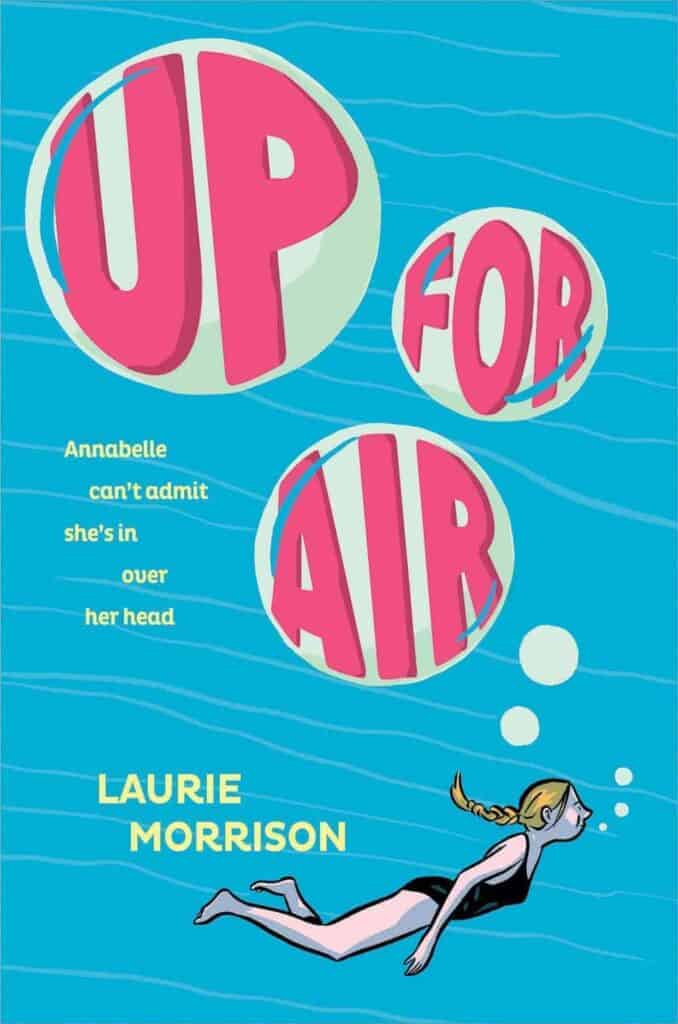
Up For Air by Laurie Morrison
GENERAL LEARNING DISABILITIES
Annabelle is a child of divorce who doesn’t see her father due to his drinking problem. She’s figuring out friendships and belonging, aware that she doesn’t fit in at school because of her learning disabilities. Fortunately, she does fit in at the pool on the older kids’ swim team.

Absolutely Almost by Lisa Graff
LEARNING DIFFERENCE
Albie struggles with learning which affects his self-esteem. But his babysitter Calista, helps him discover his gifts and that makes a big difference in his life.
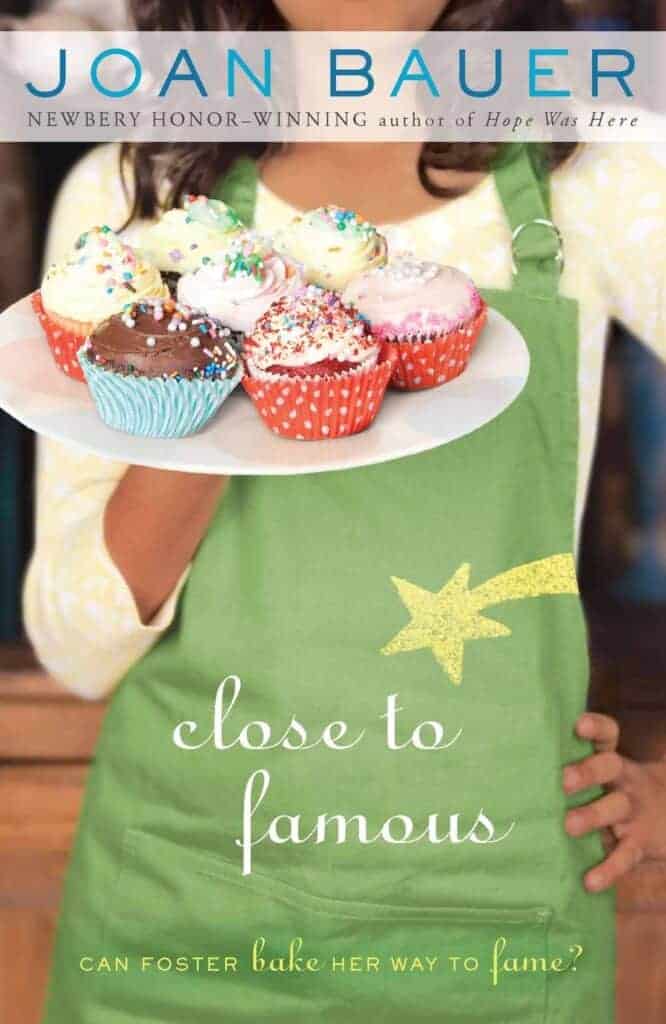
Close to Famous by Joan Bauer
READING ISSUES / ILLITERACY
Foster loves cooking and wants to be on a cooking show but she’s hiding a secret — she can’t read. My daughter loved this story!
KEEP READING
